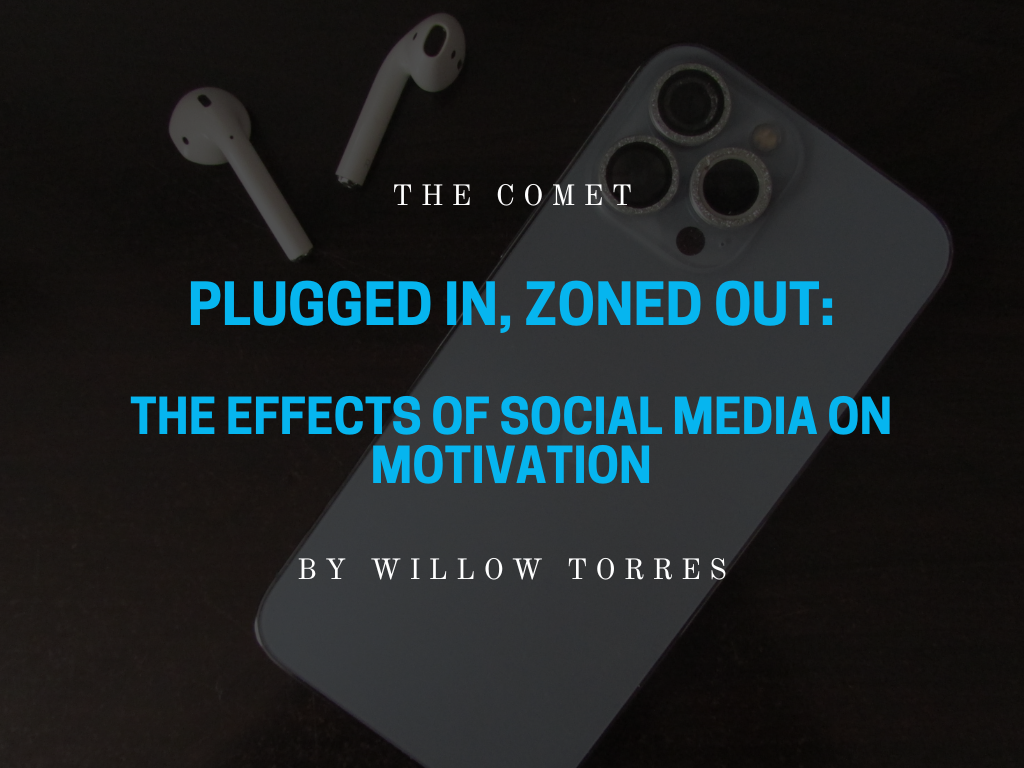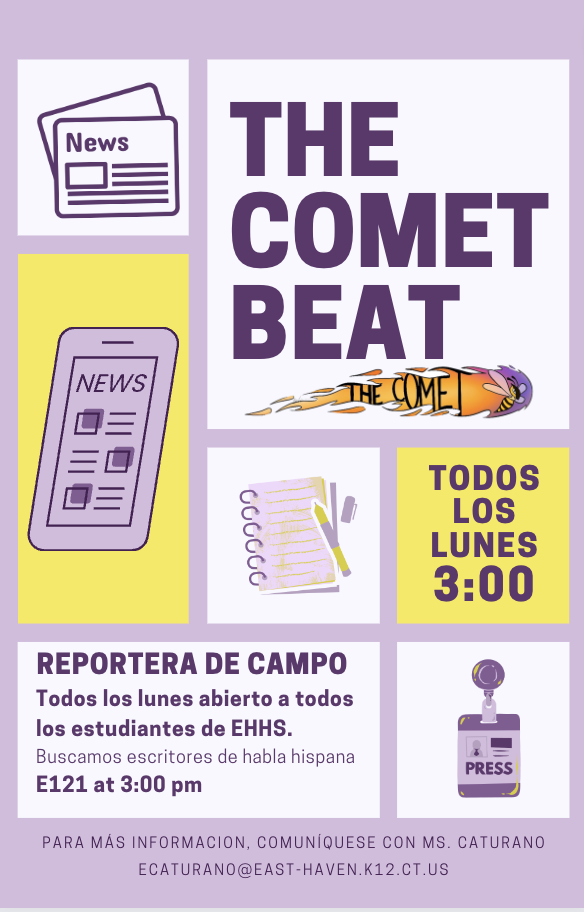The Vision of the Graduate Assessments (VOGAs) are assessments of the skills learned in the classroom independently without help from the teacher. The purpose of these tests is to assess a certain set of skills and knowledge, helping teachers understand where students struggle and where they can improve their teaching. However, the VOGAs were not always around; instead, they are a revamped version of a previous assessment. These were known as academic expectations assessments (AEAs).
The point of the AEAs was to have benchmark assessments in all courses where students could demonstrate the skills they were learning more independently, without the support of classroom instruction and discussion. They aimed to see if students could apply what they were taught on their own and to track if their skills were improving over time. English teacher, Mrs. Lisa Gardner felt that the AEAs were generally beneficial from a teacher’s perspective. They allowed teachers to assess students’ independent reading comprehension and analysis skills and identify areas they may need more work on. She states,
However, the AEAs were no longer aligning with our new vision of the graduate as we shifted away from our previous academic expectations during and after the COVID-19 pandemic. English Instructional Leader Mrs. Lisa Veleas notes, “[We] were really focusing on the transition more away from the academic expectations for learning, which was what our AEAs were centered around and should be thinking toward the implementation of the VOGAs. [We] didn’t want to give the AEAs if we weren’t going to keep looking for ways to track that information, look for growth, and spend time doing that.”
The creation process of the VOGA involved grade level teams first pulling together texts and potential questions based on the content being studied in class. They would debate question stems to pick ones aligned to standards but also give useful information. Then each grade level presented drafts to the department for feedback on format and construction before implementing them for the first time to see what worked well and what needed tweaking. The skills assessed were divided up by grade level for the VOGAs (e.g., freshmen focus on vocabulary and comprehension), whereas the AEAs assessed all skills. However, the AEAs had been given for many years and refined, so the results and information they provided teachers may have been more clear and useful.
Mr. Michael Haig, a first-year English teacher noted that he worked with two veteran teachers, Ms. Collins and Mrs. Myers, on his grade’s VOGA team. They used their ACT time (when teachers meet weekly during flex time) to create an assessment measuring student growth in themes from The Crucible they had discussed in class so far that year. He relied on the experience of the two other teachers to help in creating the assessment as a first year teacher. Mr. Haig said that while giving a test is less enjoyable than teaching, assessment is an important part of teaching. He felt the VOGA was very helpful for assessing student learning.
The VOGAs are still new, so teachers are still learning how to interpret the results. Mr. Haig states that for their next trial, “I would want to make sure that I’m really building the skills that are going to be assessed on the test. At times, I felt like there were things I didn’t teach specifically, but I had gone over them, maybe in a conversation in my class or maybe in an informal way of assessing them, but it wasn’t a specific lesson. That was geared towards a question. So I would say that would probably be something I’d have to change is really teaching more lessons that are catered towards the question.” Mrs. Gardner says, “I would clarify the wording for some of the questions, specifically, ask students to provide evidence from the text to support their conclusions, as the results were inconsistent when this wasn’t required.” Lastly, Mrs. Veleas feels that she would make minor adjustments to specific questions based on analyzing student responses and feedback from this first trial of the VOGA assessments.
Overall, Mrs. Gardner sees benefits to both but thinks the VOGAs have the potential to provide useful information once they edit it further through experience. Mrs. Veleas feels the VOGA assessments are a better learning tool for students and teachers. The VOGA allows different departments to assess different abilities and skills, making the assessments feel more authentic than trying to fit everything into one skill like the AEAs did.





























